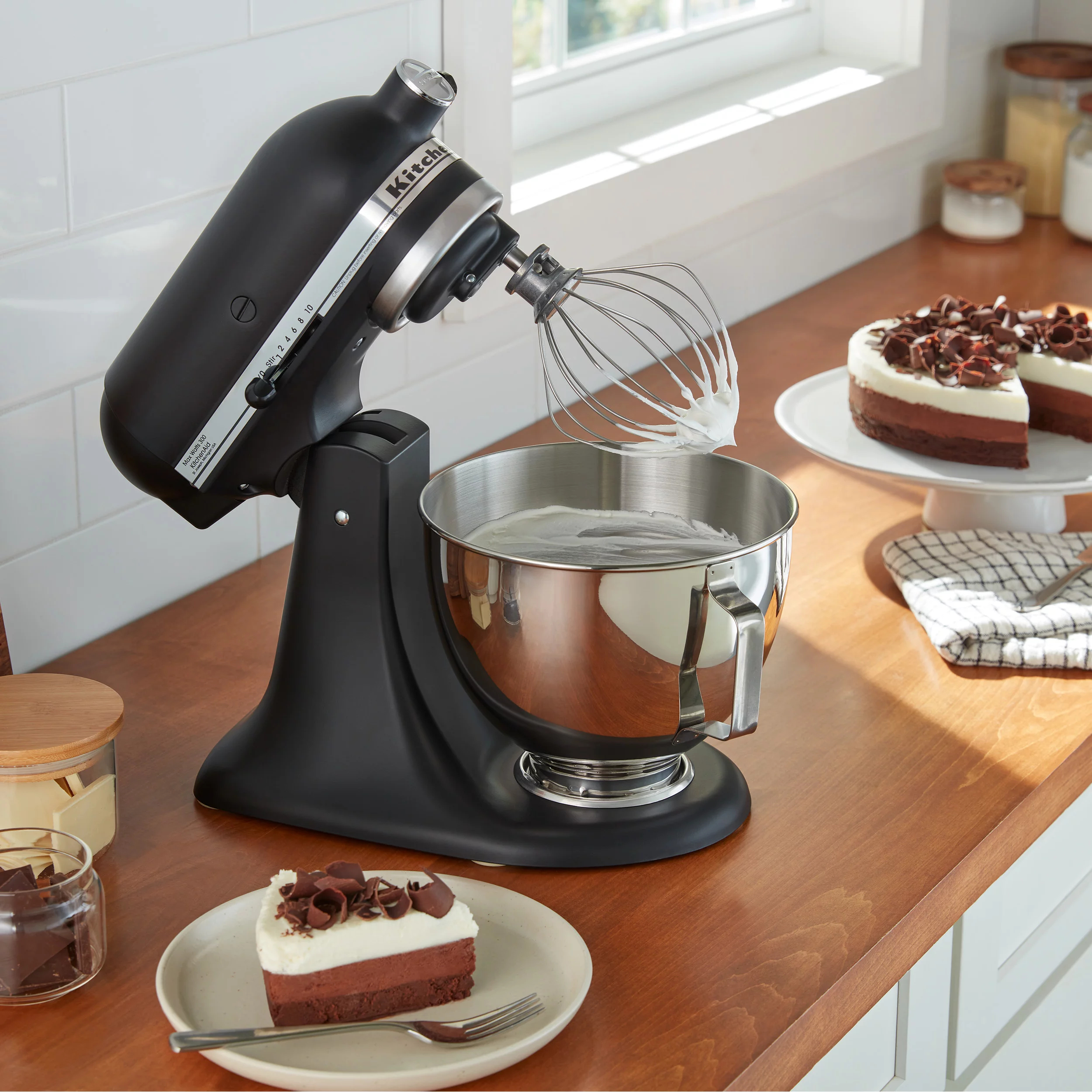

Articles
How Do You Use A Pastry Blender
Modified: May 6, 2024
Learn how to properly use a pastry blender with our informative articles. Discover the best techniques and tips to achieve perfect pastry dough every time.
(Many of the links in this article redirect to a specific reviewed product. Your purchase of these products through affiliate links helps to generate commission for Storables.com, at no extra cost. Learn more)
Introduction
When it comes to baking, achieving the perfect texture for pastries is essential. Whether you’re making flaky pie crusts, tender scones, or delicate biscuits, having the right tools can make all the difference. One such tool that every baker should have in their arsenal is a pastry blender.
A pastry blender is a simple yet effective kitchen gadget that helps you cut or blend solid fat into dry ingredients. By combining the ingredients evenly, you can achieve a crumbly texture that creates a light and airy pastry. Whether you’re an experienced baker or a novice in the kitchen, learning how to use a pastry blender is a skill that will elevate your baking game.
In this article, we will guide you through the step-by-step process of using a pastry blender, ensuring that you create the perfect pastries every time. So grab your apron, dust off your baking supplies, and let’s dive in!
Key Takeaways:
- Elevate your baking game by mastering the art of using a pastry blender to achieve the perfect texture in your pastries, whether flaky or tender, and impress friends and family with delicious baked goods.
- Ensure baking success by choosing the right ingredients, preparing and using the pastry blender to evenly distribute fat, incorporating butter or shortening, and achieving the desired texture, followed by proper cleaning and storage for future use.
Read more: What Is A Pastry Blender Used For
What is a Pastry Blender?
A pastry blender is a handheld kitchen tool that is specifically designed for cutting fat into dry ingredients. It consists of a handle and a series of metal wires or blades that are curved or straight. The wires or blades are attached to the handle and form a grid-like pattern. The purpose of the pastry blender is to mix solid fat, such as butter or shortening, with dry ingredients, such as flour, in order to create a crumbly texture.
The design of a pastry blender allows for the fat to be evenly distributed throughout the dry ingredients, resulting in a tender and flaky pastry. The wires or blades cut through the fat, breaking it up into smaller pieces, and incorporate it into the flour mixture. This process helps to create air pockets in the dough, which gives the pastry its light and airy texture.
Pastry blenders come in various shapes and sizes to cater to different needs. Some are made with curved blades that help to easily scrape the sides of the mixing bowl, ensuring that all the ingredients are thoroughly combined. Others have straight blades that are ideal for cutting the fat into the dry ingredients without excessive mixing.
Most pastry blenders are made of stainless steel, which makes them durable and easy to clean. Some may have a wooden or plastic handle for a comfortable grip during use. It is important to choose a pastry blender that feels comfortable in your hand and suits your personal baking preferences.
Overall, a pastry blender is an essential tool for anyone who wants to achieve the perfect texture in their pastries. It allows for efficient and consistent blending of fat into dry ingredients, resulting in a delicious and flaky end product. So, let’s move on and learn how to use a pastry blender to elevate your baking skills!
Step 1: Choose the Right Ingredients
Before you start using a pastry blender, it’s important to ensure that you have the correct ingredients for your recipe. Different recipes may call for different types of fats, such as butter or shortening. Additionally, the type of flour you use can also affect the texture of your pastry.
When selecting the fat for your pastry, opt for a cold and solid form. Cold fat is easier to cut into the flour, resulting in a flakier texture. You can use butter, which adds richness and flavor, or shortening, which creates a more tender pastry. Some recipes may even call for a combination of both.
Similarly, choosing the right type of flour is crucial. All-purpose flour is a common choice for most pastry recipes, as it provides a good balance between tenderness and structure. However, you may also come across recipes that require pastry flour for a lighter and more delicate result.
Regardless of the specific ingredients, make sure they are chilled before you begin. Cold ingredients are easier to work with as they keep the fat from melting too quickly, resulting in a more desirable texture.
Once you have gathered the necessary ingredients, you are ready to move on to the next step: preparing the pastry blender.
Step 2: Prepare the Pastry Blender
Before you start using your pastry blender, it’s important to ensure that it is clean and ready for use. If it has been stored for a while, give it a quick wash with warm, soapy water and dry it thoroughly. This will ensure that there are no lingering residue or contaminants that could affect the quality of your pastry.
Once your pastry blender is cleaned, make sure that the wires or blades are securely attached to the handle. Give it a gentle shake to check for any loose components. If you find that any wires or blades are damaged or missing, it’s best to replace your pastry blender to ensure optimal performance.
Next, ensure that your work surface is clean and dry. This will provide a stable and sanitary place to work with your ingredients. Gather all the necessary tools and ingredients for your recipe so that they are easily accessible while using the pastry blender.
Now that your pastry blender is prepared and your work surface is ready, you are ready to move on to the next step: blending the ingredients.
Step 3: Blend the Ingredients
Now that you have prepared your pastry blender and gathered your ingredients, it’s time to start blending. This step involves combining the solid fat, such as butter or shortening, with the dry ingredients, typically flour, using the pastry blender.
Start by measuring out the required amount of flour into a mixing bowl. If your recipe calls for any other dry ingredients, such as sugar or salt, add them to the bowl as well. Using a spoon or whisk, give the dry ingredients a quick stir to ensure they are evenly distributed.
Next, take your cold fat, whether it’s butter, shortening, or a mixture of both, and cut it into small cubes. This will make it easier to blend into the flour mixture. Add the fat to the bowl with the dry ingredients.
Now, using your pastry blender, begin blending the fat into the flour. Hold the handle firmly and press the wires or blades into the fat and flour mixture. Move the pastry blender in a downward motion, cutting through the fat and incorporating it into the flour.
Continue blending until the fat is broken up into pea-sized pieces and is well dispersed throughout the flour mixture. This process creates a crumbly texture, which is desired for many pastry recipes.
Make sure to scrape down the sides of the bowl with a spatula or the curved blades of the pastry blender to ensure that all the ingredients are evenly blended. Repeat the blending process until you achieve a uniform texture.
Once the ingredients are well blended, it’s time to move on to the next step: incorporating butter or shortening.
When using a pastry blender, make sure to use a rocking motion to cut the butter or shortening into the flour. This will help create a flaky texture for your pastry dough.
Read more: What Can You Use Instead Of A Pastry Blender
Step 4: Incorporate Butter or Shortening
After blending the fat into the dry ingredients with the pastry blender, the next step is to incorporate the butter or shortening further into the mixture. This step is crucial for creating the desired texture and consistency in your pastry dough.
If your recipe calls for butter, ensure that it is cold and cut it into small cubes. If you are using shortening, scoop it out in tablespoon-sized portions. Distribute the butter or shortening evenly throughout the blended mixture.
Using the pastry blender, press the wires or blades into the fat and flour mixture again. This time, use a rocking motion as you blend. By gently rocking the pastry blender back and forth, you’ll begin to break up the butter or shortening into even smaller pieces.
Continue this motion until the fats are well incorporated and the mixture resembles coarse crumbs. It’s essential to evenly distribute the butter or shortening throughout the dough to ensure a tender and flaky pastry.
If you find that the fat is starting to melt or soften too much, place the mixture in the refrigerator for a few minutes to chill. Cold fats are easier to work with and yield better results in creating a flaky texture.
Once you have incorporated the butter or shortening into the mixture, you are ready to move on to the next step, which is continuing the blending process to achieve the desired texture.
Step 5: Continue Blending until Desired Texture
Now that you have incorporated the butter or shortening into the mixture, it’s time to continue blending until you achieve the desired texture for your pastry dough. The amount of blending required can vary depending on the specific recipe and the desired outcome.
Using the pastry blender, continue pressing the wires or blades into the mixture, breaking up any remaining large pieces of fat. The goal is to create a uniform texture with small, pea-sized crumbs throughout the dough.
If you prefer a flakier texture, you can leave larger pieces of fat in the mixture. This will result in distinct layers in your pastry once it’s baked. On the other hand, for a more uniform and tender texture, blend until the fat is well distributed and the mixture resembles a coarse sand-like consistency.
Make sure to scrape down the sides of the bowl and stir the mixture from the bottom to ensure all the ingredients are evenly incorporated. If needed, you can use a spatula or your hands to help incorporate any dry areas or pockets of flour that may remain.
Be careful not to overblend the mixture, as excessive blending can lead to gluten development, resulting in a tougher pastry. Once the desired texture is achieved, it’s time to move on to the next step: cleaning and storing the pastry blender.
Step 6: Clean and Store the Pastry Blender
After you have finished using the pastry blender to create the perfect texture in your pastry dough, it’s important to properly clean and store the tool to keep it in good condition for future use.
Start by rinsing the pastry blender under warm running water to remove any remaining dough or residue. Use a small brush or your fingers to gently scrub the wires or blades and remove any stubborn particles. Avoid using abrasive sponges or harsh cleaning agents, as they can damage the pastry blender.
Once the pastry blender is clean, dry it thoroughly with a clean towel or allow it to air dry. It’s important to remove all moisture to prevent rusting and bacteria growth.
After drying, store the pastry blender in a dry and clean area of your kitchen. Some pastry blenders come with a hole or loop at the end of the handle, allowing you to hang it on a kitchen hook for easy access. Alternatively, you can keep it in a utensil drawer or container specifically designated for baking tools.
It’s a good practice to avoid storing the pastry blender with other sharp or heavy objects that may cause damage. Consider wrapping it in a clean cloth or placing it in a protective sleeve to prevent any potential scratches.
Regularly inspect and maintain your pastry blender to ensure it remains in good working condition. If you notice any loose wires or blades, consider replacing the tool to ensure safe and effective use.
By properly cleaning and storing your pastry blender, you’ll be ready to use it again for your next baking adventure.
Conclusion
Using a pastry blender is a skill that can greatly enhance your baking game and help you achieve the perfect texture in your pastries. By following the step-by-step process outlined in this article, you can confidently blend your ingredients and create deliciously flaky and tender pastries.
Remember to start by choosing the right ingredients, including cold and solid fats like butter or shortening, and the appropriate type of flour for your recipe. Preparing the pastry blender by cleaning it and ensuring it’s in good working condition is also vital.
When blending the ingredients, use the pastry blender to evenly distribute the fat throughout the dry mixture, creating a crumbly texture. Incorporate butter or shortening further to achieve the desired consistency, being mindful of not overdoing it.
Continue blending until you reach the desired texture, whether it’s a flaky or tender result. Once you’re finished, properly clean and store the pastry blender to maintain its quality for future use.
With the knowledge and practice of using a pastry blender, you’ll be able to bake a variety of pastries, such as pie crusts, scones, and biscuits, that are sure to impress friends and family.
So, roll up your sleeves, put your skills to the test, and let your creativity shine as you master the art of using a pastry blender. Happy baking!
Ready to tackle more kitchen challenges? If you're missing a food processor, don't worry; we've got tips on handling dough preparation with alternative tools. And for those pie enthusiasts, discover how you can still create a flaky, delicious pie crust without relying on modern gadgets. These guides are perfect for enhancing your baking skills and confidence in the kitchen.
Frequently Asked Questions about How Do You Use A Pastry Blender
Was this page helpful?
At Storables.com, we guarantee accurate and reliable information. Our content, validated by Expert Board Contributors, is crafted following stringent Editorial Policies. We're committed to providing you with well-researched, expert-backed insights for all your informational needs.
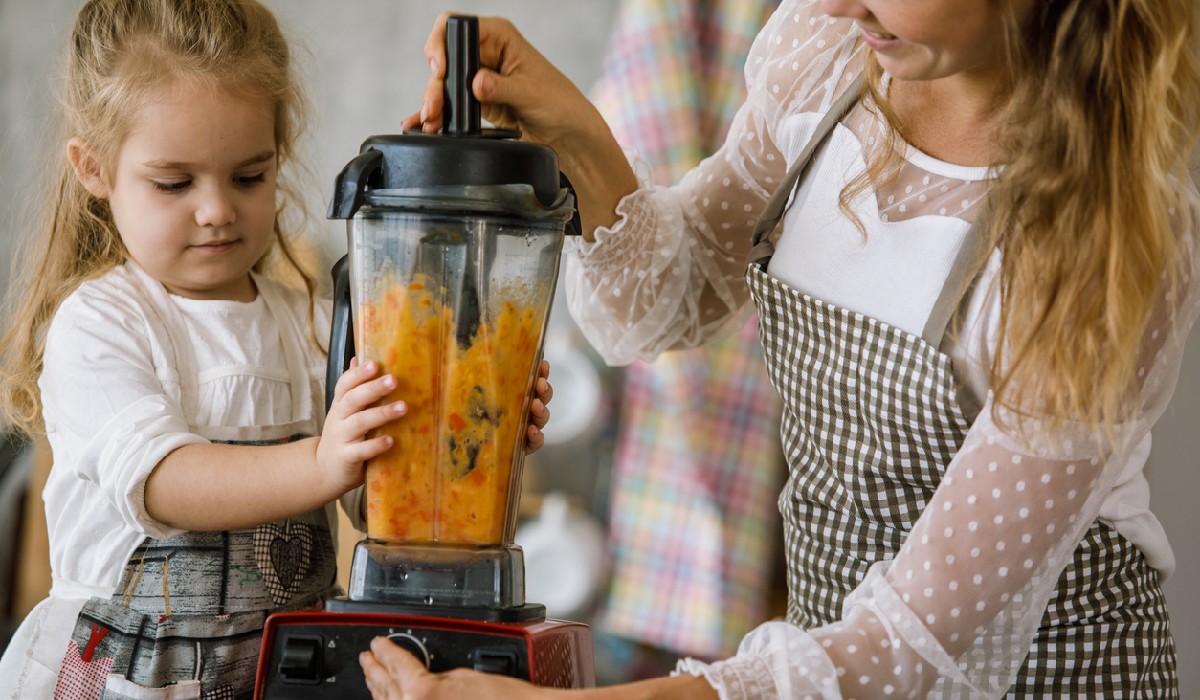
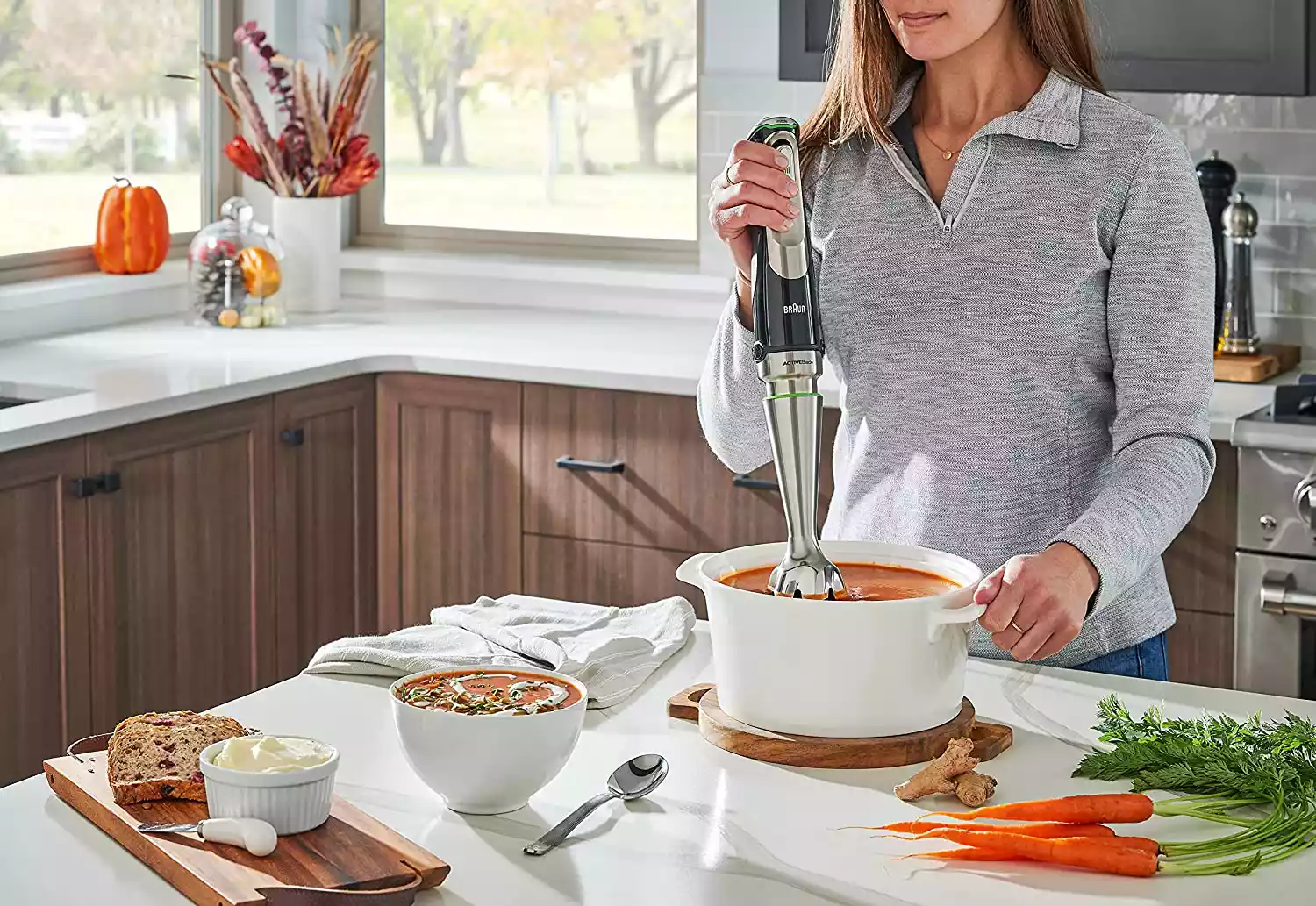
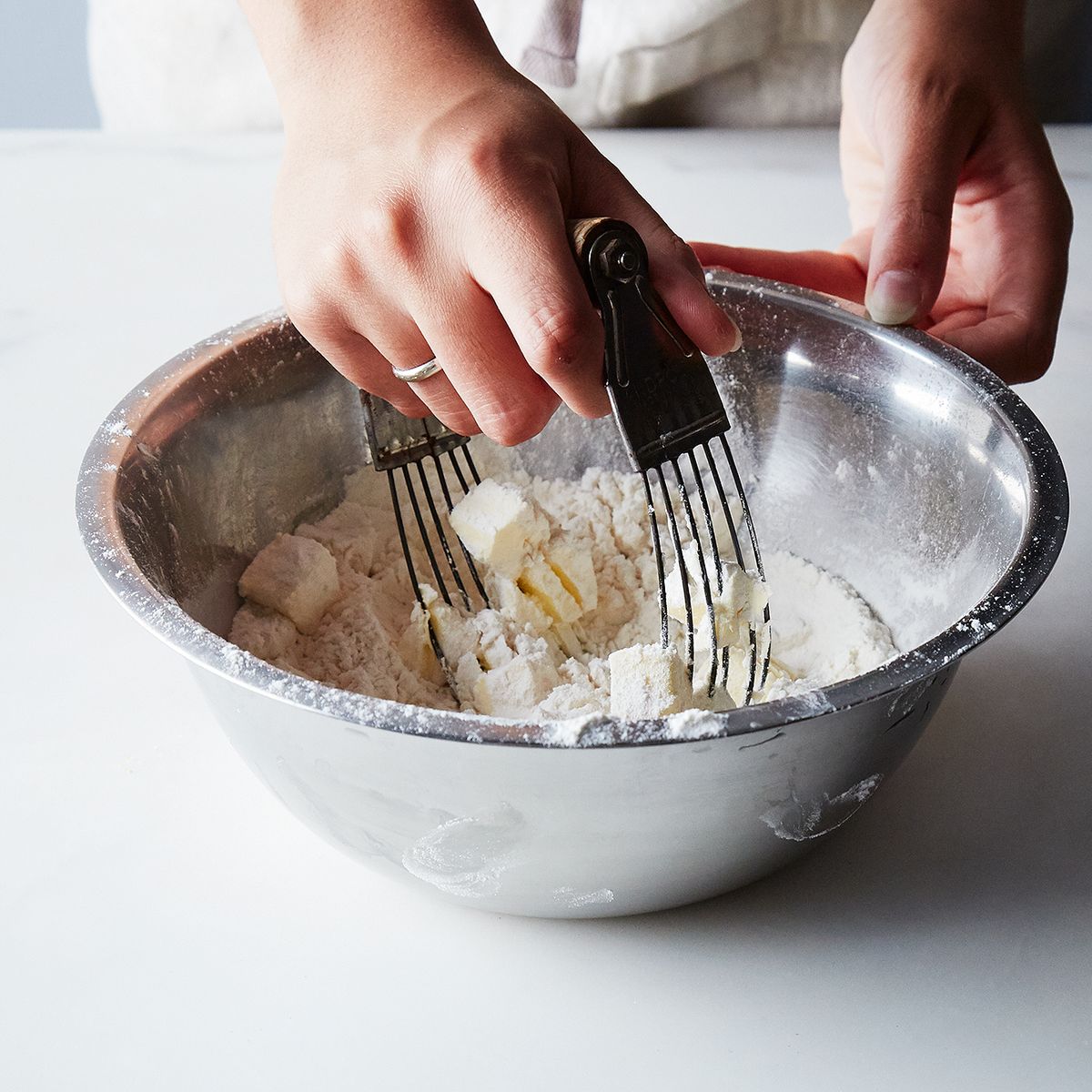
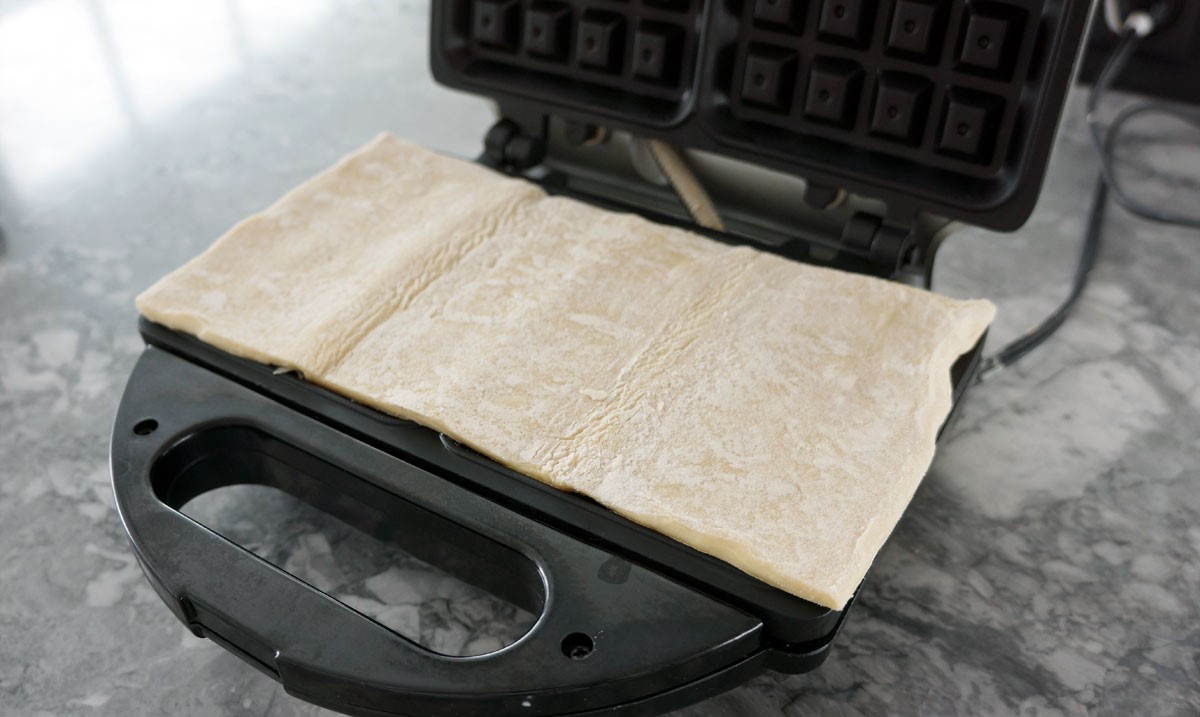
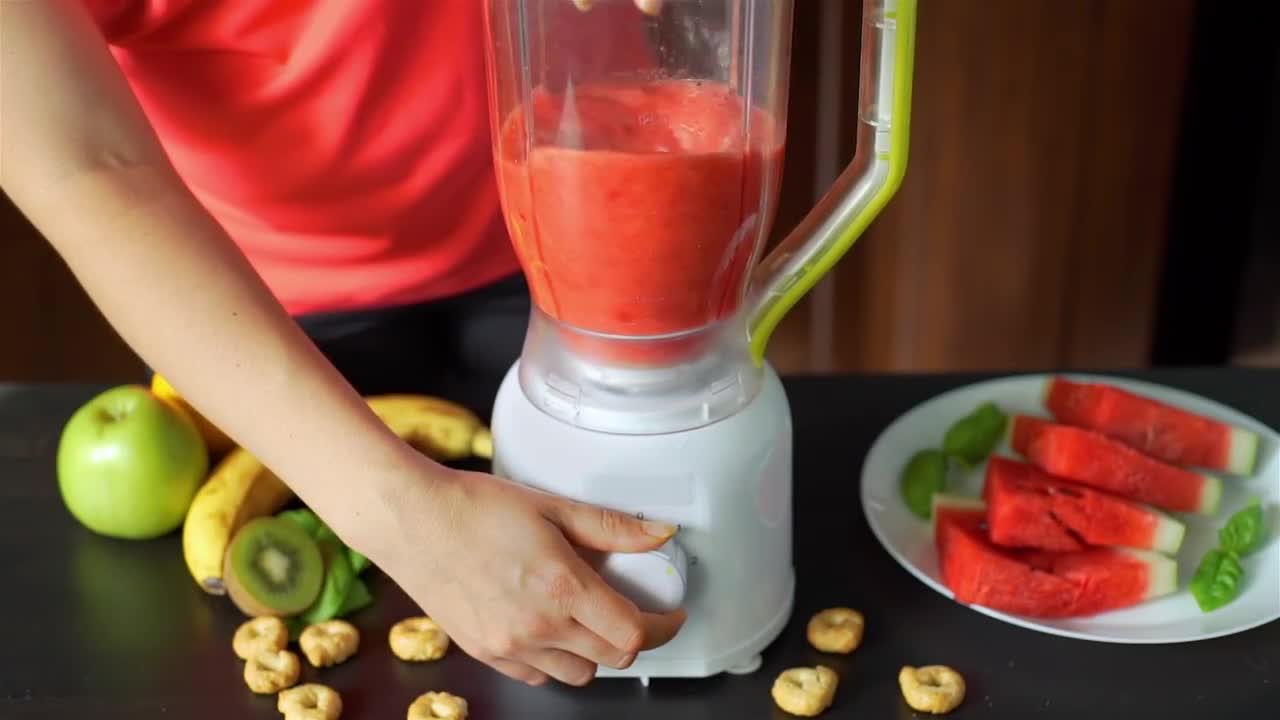
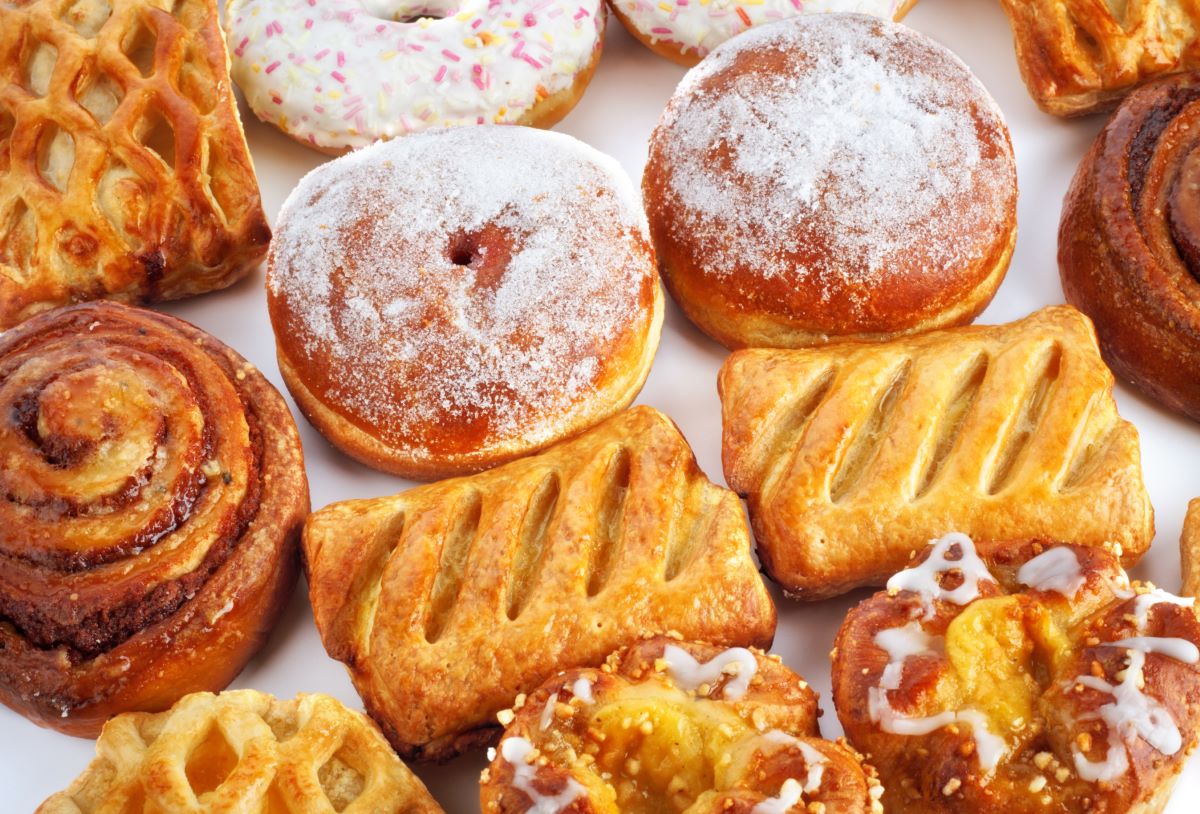
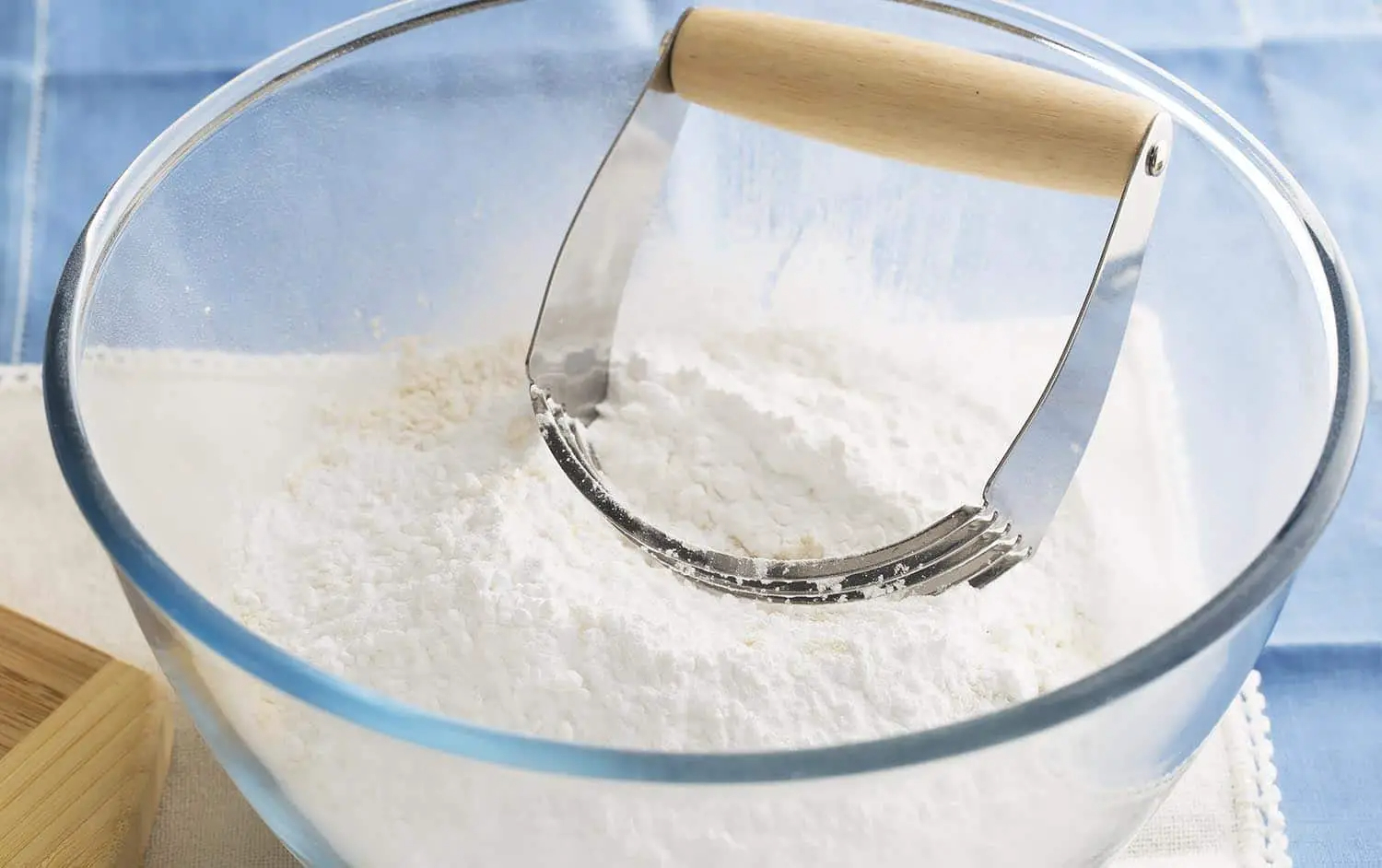

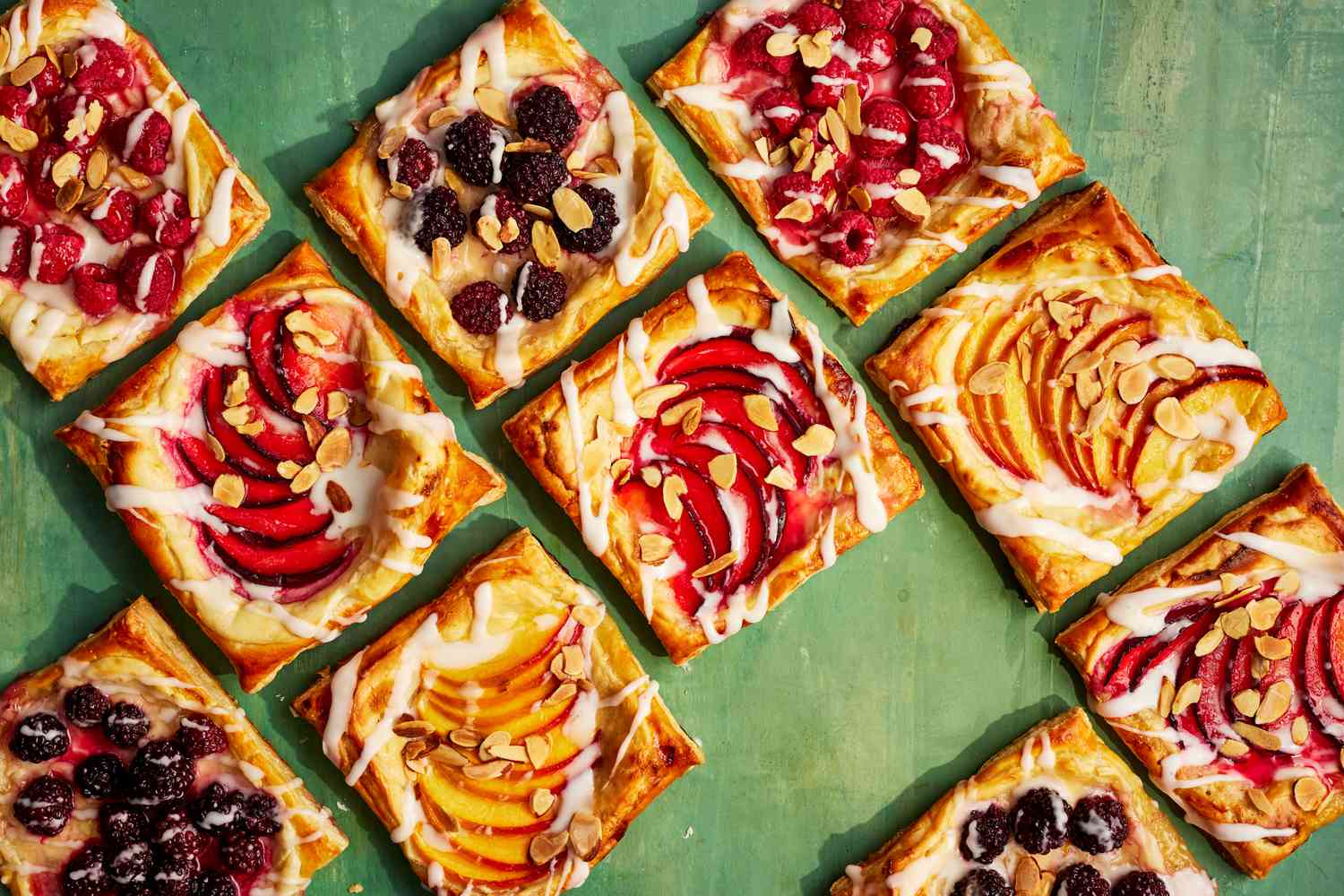
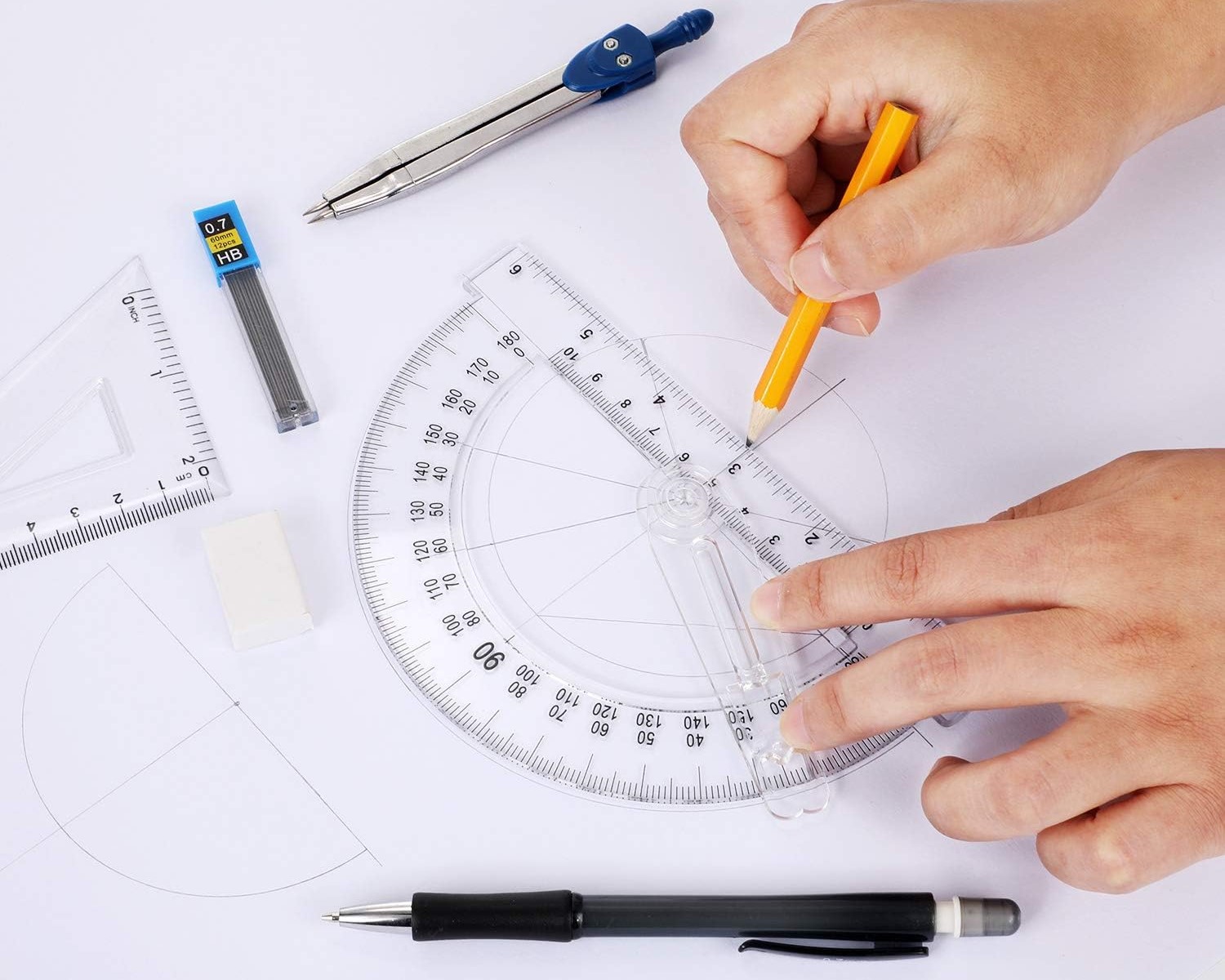
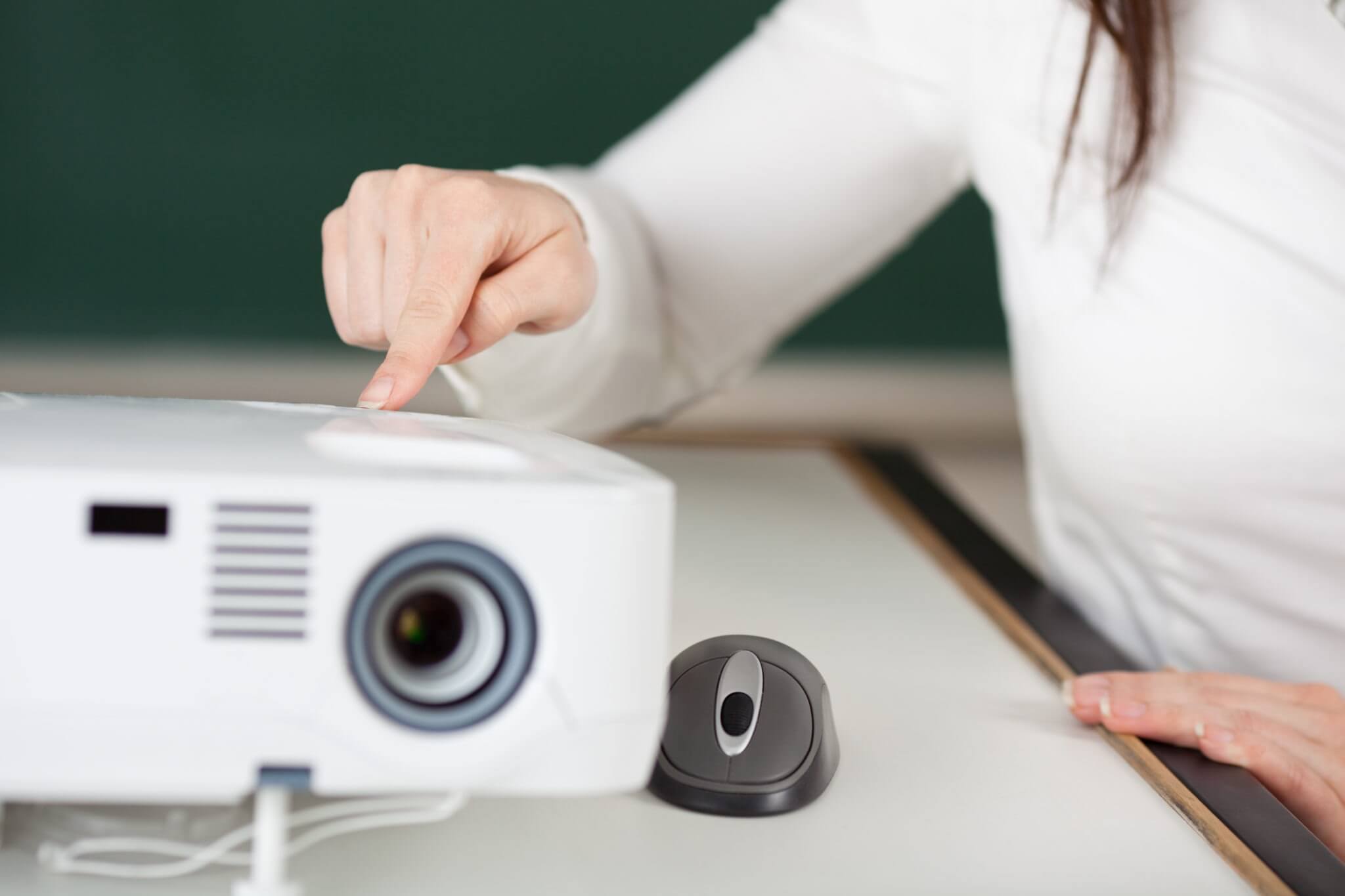
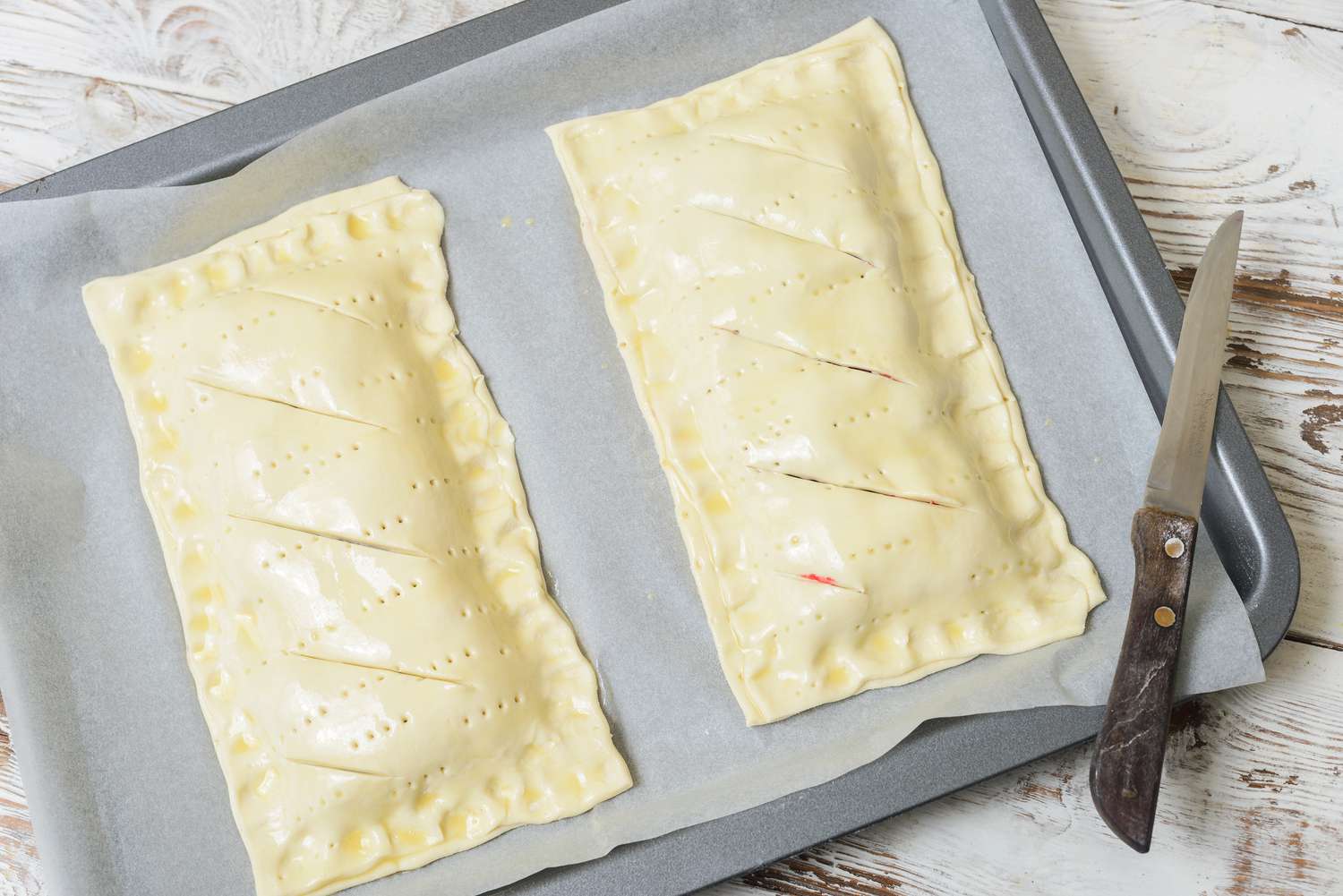
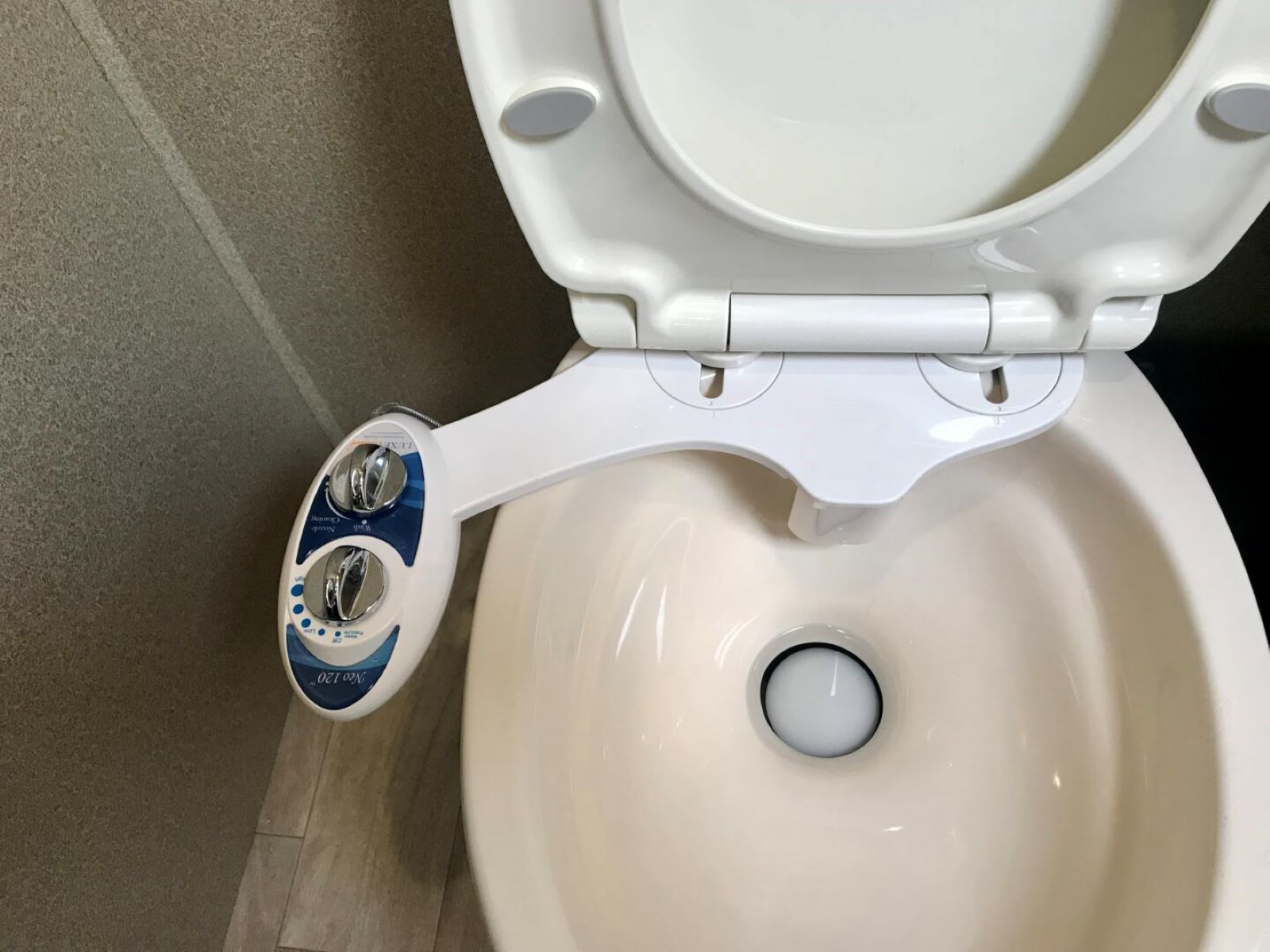
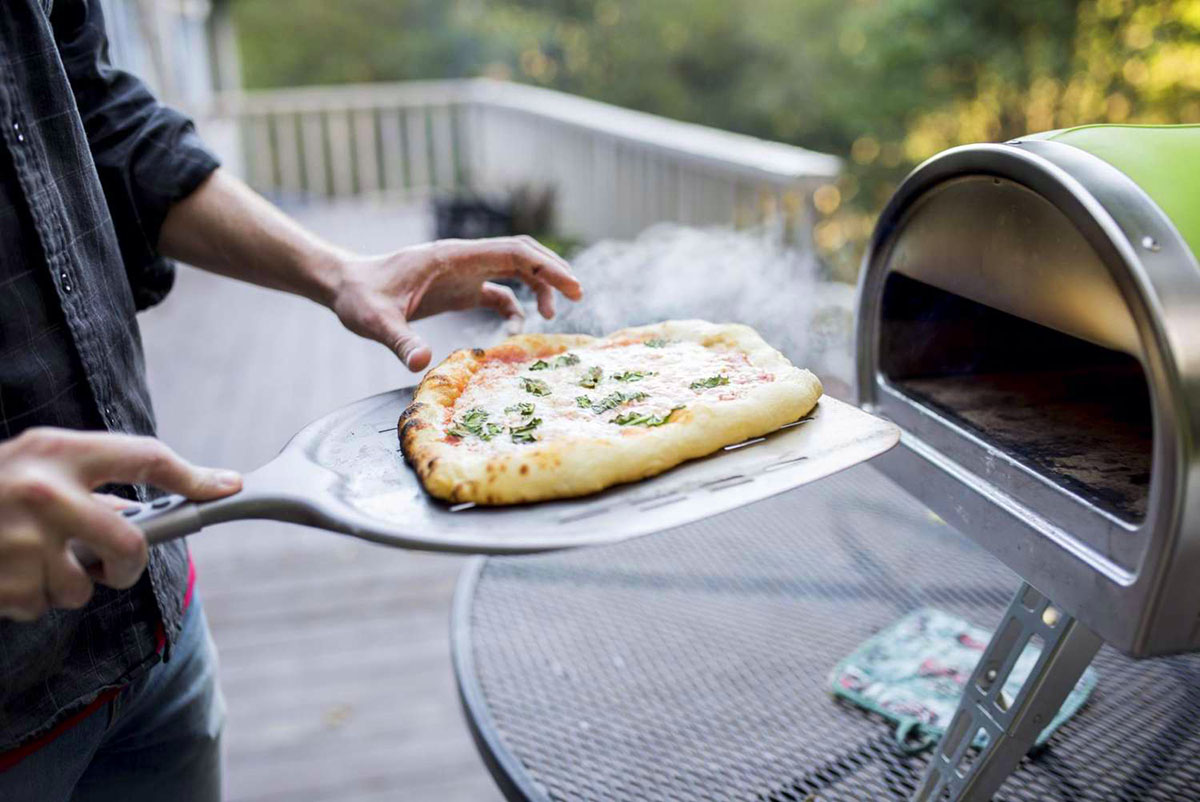

0 thoughts on “How Do You Use A Pastry Blender”